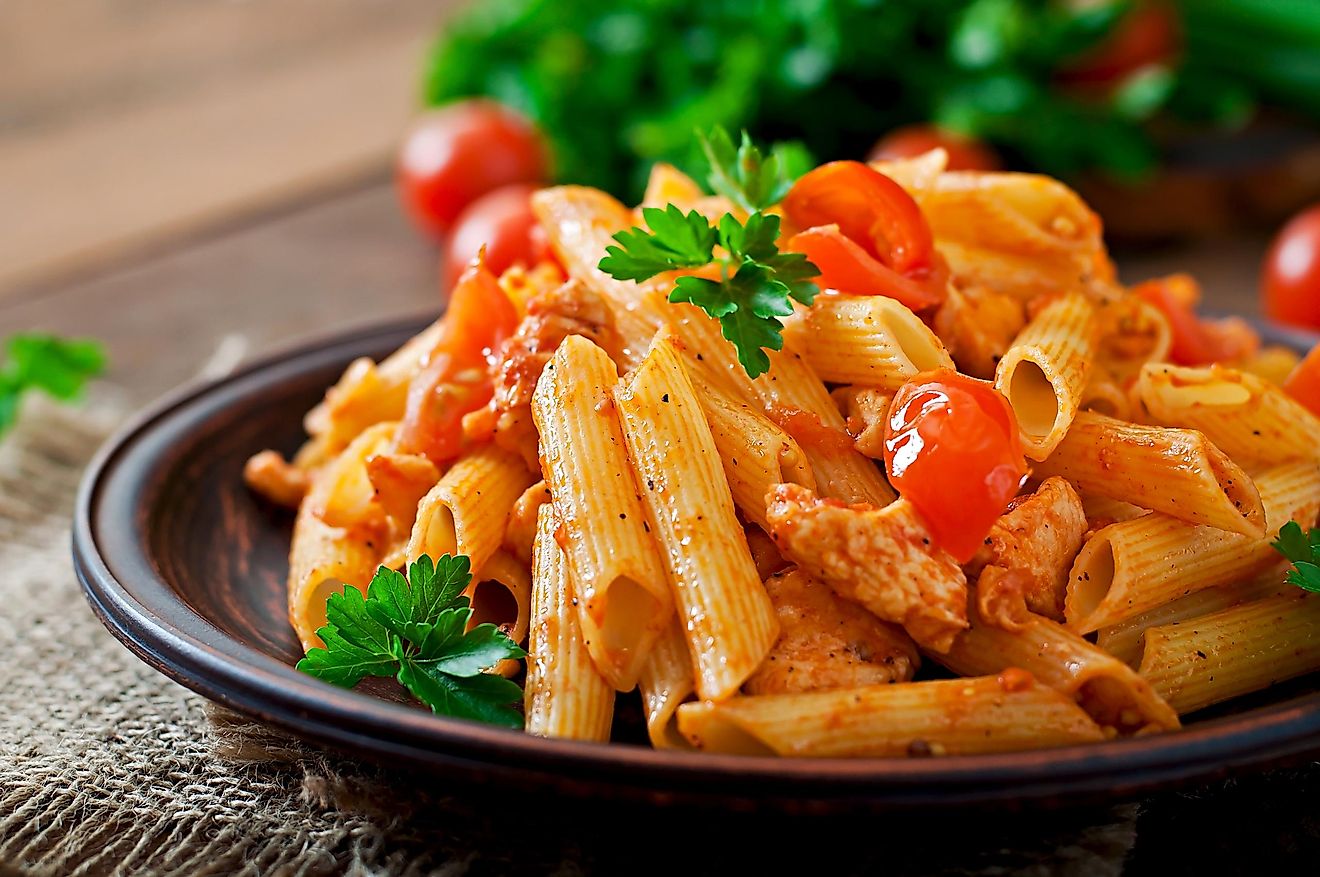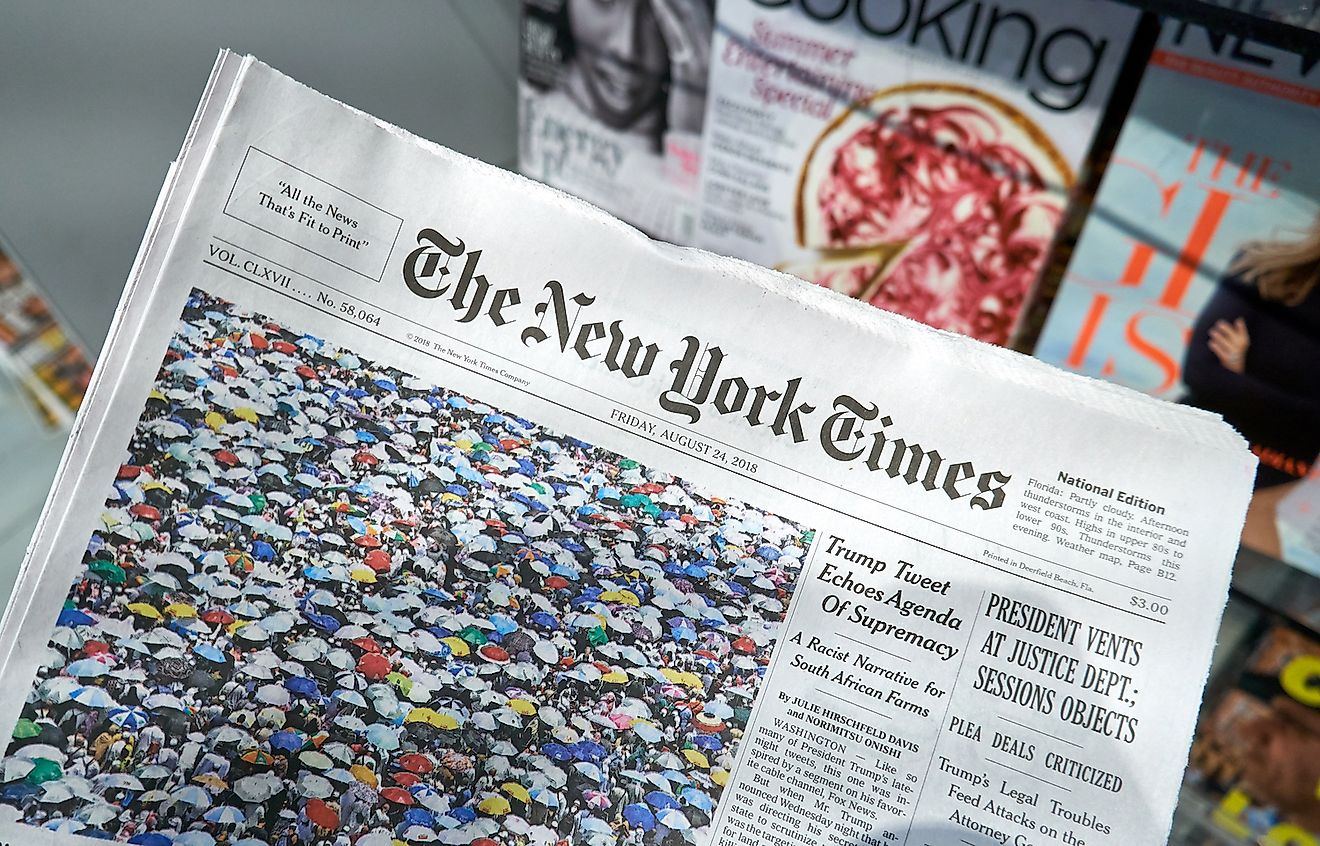What Is A Gluten-Free Diet?

- Gluten is found in the grains wheat, barley and rye
- If you have celiac disease or gluten sensitivity, you need to avoid gluten
- Some of the available gluten free substitutes may have lower nutritional value compared to their gluten containing counterparts
What Is Gluten?
Gluten is a group of proteins found in certain grains such as wheat, barley, and rye. Gluten helps foods such as bread, cereal, and pasta maintain their shape by providing moisture and elasticity. Gluten is also found in nonfood items such as cosmetics, toothpaste, and gum on envelopes. Although safe for most people, gluten can trigger serious health problems in people with celiac disease and gluten sensitivity.
How Gluten Causes Trouble
In celiac disease, there is severe gluten intolerance. Gluten triggers an immune response that causes damage to the lining of the small intestines, consequently interfering with the absorption of nutrients. Consumption of as little as 50 milligrams of gluten causes a host of symptoms such as constipation, diarrhea, bloating, abdominal pain, rash, and headache. Gluten in people with celiac disease could lead to complications such as osteoporosis, seizures, nerve damage, and infertility.
In gluten sensitivity, also known as non-celiac gluten sensitivity, gluten causes similar symptoms as in celiac disease, but without intestinal damage.
Going Gluten-Free
Foods made from wheat, barley, and ryes are extremely common. Removing them from your diet can be challenging despite the many healthy and delicious gluten-free alternatives available. Therefore, one might need to consult a dietician or a doctor to help meet overall nutritional needs. Naturally gluten-free food classes are meat and poultry, dairy, fish and seafood, beans, legumes, nuts, vegetables and fruits, and traditional soy foods. Naturally gluten-free grains include oats, millet, sorghum, buckwheat, wild rice, brown rice, and quinoa.
Foods to avoid include all varieties of wheat, barley, rye, triticale, seitan, proteins combined with wheat-based soy sauce, breaded meat, poultry, or fish, malted milk drinks, non-distilled liquors, ales, and lagers made from gluten-containing grains.
Double-check foods such as canned, frozen, dried or pre-chopped fruits and vegetables as they may contain gluten-containing ingredients in the form of added flavorings and sauce, or maybe cross-contaminated with gluten. Other foods such as processed meats, ground meats, flavored milk and yogurt, processed cheese, ice-cream should be double-checked for gluten.
Downsides Of A Gluten-Free Diet
Wheat, barley, and rye are a source of nutrients among them fiber, iron calcium, and B vitamins. Eliminating them from your diet can result in nutritional deficiencies, as their alternatives may have varying nutrient levels. Taking a gluten-free multivitamin-multimineral supplement is a good idea for anyone trying to avoid gluten. Some gluten-free foods may have lower amounts of fiber and higher amounts of fat, sugar, and calories than their gluten equivalents. This can lead to weight gain.
The cost of a gluten-free diet is high compared to that of a gluten-containing diet. The cost can be substantially high if your gluten-free diet includes foods that aren’t naturally gluten-free. In recent years, people without celiac disease or gluten sensitivity have been switching to gluten-free diets to feel healthier, lose weight, treat autism and boost energy. These benefits of a gluten-free diet have not been proven and are based on little or no evidence and testimonials in the media.







